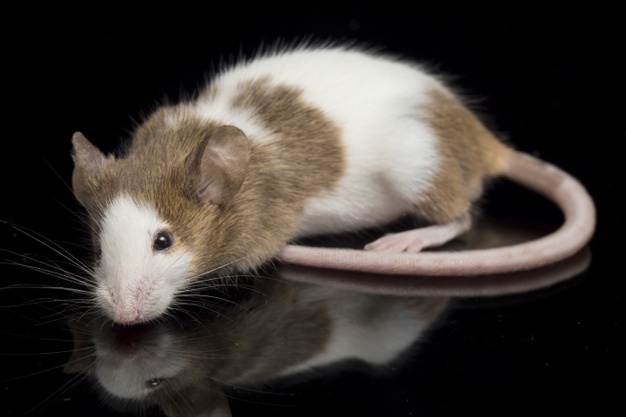
Mouse control is a part of the household routine that no one has asked for, but you still have to do it. While the means of getting rid of mice are innumerous, good-old effective mouse poison is still at the top of the list.
Interestingly, many people don’t know the basics of utilizing poison, which may lead to hazardous consequences. So let’s take a look at how to handle it safely.
How Does Mouse Poison Work?
Mouse poison, also known as a rodenticide, is an extremely effective way of dealing with mice and other rodents. Based on various ingredients and supplements, a rodenticide consists of two main components, i.e., the poison itself and a bait. The latter is used to create a diversion for a mouse, which believes that the substance is nothing more than another food source. Normally including grains, cereals, and other alluring nutrients, the bait encourages a rodent to gnaw on it, hiding the smell and taste of any dangerous chemicals.
On the other hand, the poison itself includes different chemicals, like an anticoagulant, hypercalcemia, etc. The chemical is used to thin a rodent’s blood, preventing natural clogging. With time (1-3 days), the critter starts suffering from internal bleeding, which ends with eventual death.
How to Use Poison: Step-by-Step Guide
If you are aimed at using poison safely and correctly, here is what you should do:
Determine infestation points and place the poison
Finding the entry and nesting points of critters is essential for two reasons. First, you detect the exact places where a mouse can wander, limiting the use of poison and preventing unnecessary in-house contamination. Second, the more local the use of poison is, the more efficient your pest control becomes since your rodent has nowhere to flee.
Place the poison in ‘weak spots’
Even if you are sure of where the pest inhabits, it’s better to be safe than sorry. Place the baits/poison behind the furniture, large appliances, like the fridge, stove, etc., and in the corners of less-used rooms. Mice like to take detours when crawling out at night, so such places may be your rodent’s common route while searching for food.
Another thing you should do is place the substance in the attic and basement. If you scare the mouse, or it begins to feel threatened, it will most likely flee to the most uninhabited areas, like the attic.
Raise your chances
In case you are using even the most sophisticated poison, a critter is likely to know that it’s not food despite the bait inside. To have a better chance of dealing with mice, don’t hesitate to apply traps and… more food. Place a trap near the entrance of what you believe might be a nest and add some bait, like peanut butter, cheese, etc.
Mouse Poison: Safety and Precautions
Before and while applying the poison, there are a couple of vital things you should remember to prevent any risks.
- Use protective gear. Never touch or move poison with bare hands. If any particles get stuck to your skin and later get into your bloodstream, you will face the same effect as a mouse;
- Keep children and pets away. Wherever the poison is, you have to make sure that no one has access to it besides mice and, of course, you.
Yes, a poison is rather effective, among other treatments. When used properly and efficiently, it guarantees prompt results. However, don’t forget that pest control includes a range of other treatments and guidelines, which can be as effective as the poison itself.












